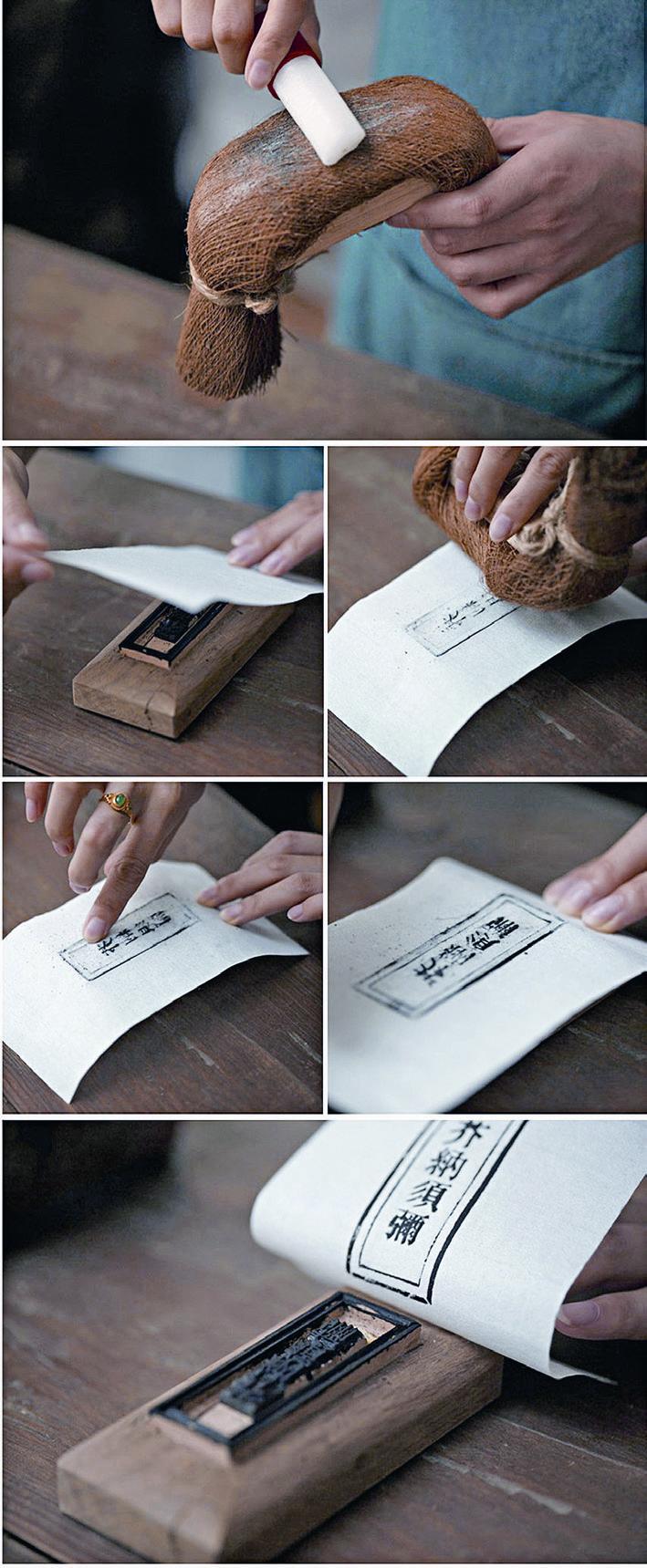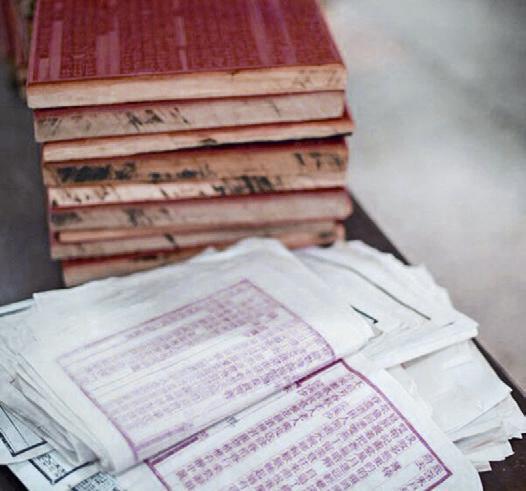Printing
By GU HE
PRINTING is one of the four greatest inventions of ancient China. For millennia its mastery made China the sole country in the world able to produce copies of texts in great numbers and so build the largest repository of books. Freed from time-consuming hand copying, the spread of culture and knowledge accelerated, ushering world civilization onto a new stage. Printing, therefore, wins the accolade, “Mother of Civilizations.”
No discovery of such significance is serendipitous. Prior to the birth of printing, China had already become accomplished in making paper and ink. Meanwhile, Chinese writing had evolved from pictographic scripts, first found on turtle shells and animal bones, to more legible forms. This laid the material foundation for the advent of printing. What is more, the development and popularity of inscription rubbing and seal-carving provided technological support for the impending invention. The long span of social stability and cultural prosperity during the Sui and Tang dynasties (581-907) also ripened social conditions.
In such circumstances, woodblock printing emerged in the early Tang Dynasty. To produce a block, a page of text was set in reverse on a board of fine, firm texture. The blank spaces were then chiseled away, leaving the parts with characters and graphics in relief. Buddhist scriptures were the first works to be printed in this way. During the reign of Qing Emperor Guangxu(1875-1908) a block-printed Diamond Sutra (the Vajracchedikaprajna-paramita Sutra), dated to the year 868 in the Tang Dynasty, was found in the Mogao Grottoes in Dunhuang. It is the worlds oldest print including an explicit date.
By the Five Dynasties period (907-960) and the ensuing Song and Yuan dynasties (960-1368), block printing had fully developed. One block could produce hundreds or even thousands of copies. As a result, the dissemination of learning was effectively galvanized. This technique, however, had its flaws. It took extensive time and labor to carve the blocks, and their storage took up huge amounts of space. What is more, the wood was vulnerable to damage by the elements and by insects. Economics was also a factor, as only huge orders could offset the hefty cost and ensure profit. Moreover, a single mistake could ruin an entire board, and necessitale carving a replacement.
In the early Song Dynasty (960-1279), a commoner named Bi Sheng (c. 970-1051) invented movable type. In Dream Pool Essays, the contemporary scientist Shen Kuo(1031-1095) wrote: “Characters are carved out of clay tablets as slender as a coin. Each tablet bears one character, and is hardened in fire.” Hot from the kiln, this type was laid out on a sheet of iron slathered with an adhesive made of rosin, wax and the powdered ashes of burnt paper. After the mixture cooled, a weighty board was placed atop to press and glue the type on the iron sheet. The block was then ready to produce impressions.
Normally, once the printing was thus underway, the typesetting would begin with another sheet. The type could be easily removed from the iron sheet, and used repeatedly in other compositions. Done on small tablets, they were also convenient for storage. The invention of movable type was a revolution in the history of printing.
Observing that baked clay type remained crisp, Wang Zhen of the Yuan Dynasty (1271-1368) substituted clay for wood tablets. After the mirror image of characters was first carved on a wood block in a relief pattern, it was then scooped out from cubes of uniform size. With this technique, more than 100 copies of the 60,000-character Jingde County Annals were produced within a month. Wang also invented a rotary table with compartments containing types of characters according to their pronunciation. This device effectively raised typographic efficiency.
During the Ming and Qing dynasties (1368-1911) woodblock printing and movable type printing were both in use. In addition to wood, other materials like tin, lead, and copper were also employed to make movable type.
Movable type printing saved time, but had observable drawbacks in comparison with woodblock printing. Assembled legions of manually made tiny tablets lacked uniformity, due to the often indiscernible discrepancy in type height. This resulted in uneven ink density and type size, and line spaces. Therefore movable type printing never superseded block printing in China. This explains why so few antique movable type printed texts are extant.
Although Bi Sheng invented movable type printing four centuries before Johannes Gutenberg (1400-1468) in Germany, China never became as globally renowned as Europe in the printing sector. Chinas influence in printing was primarily confined to other Asian countries including Japan, Korea, and Vietnam.

